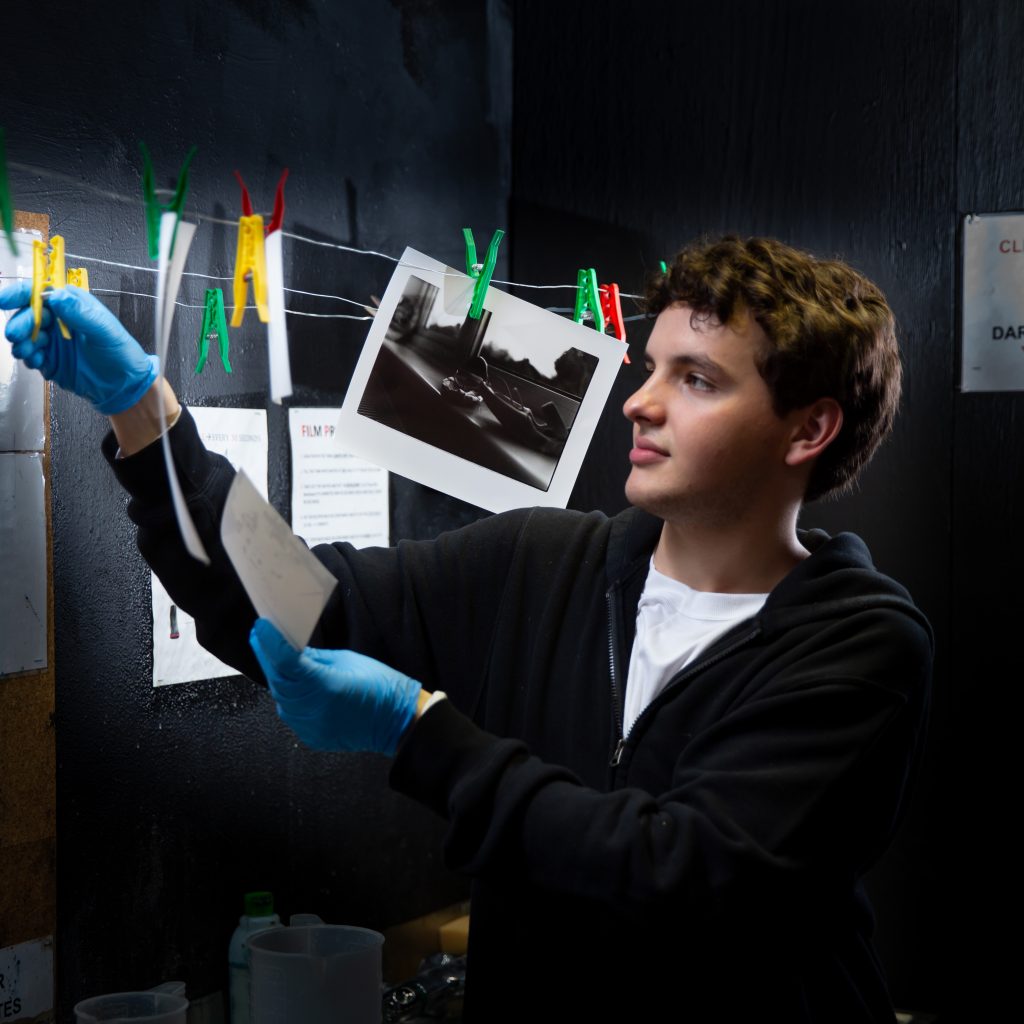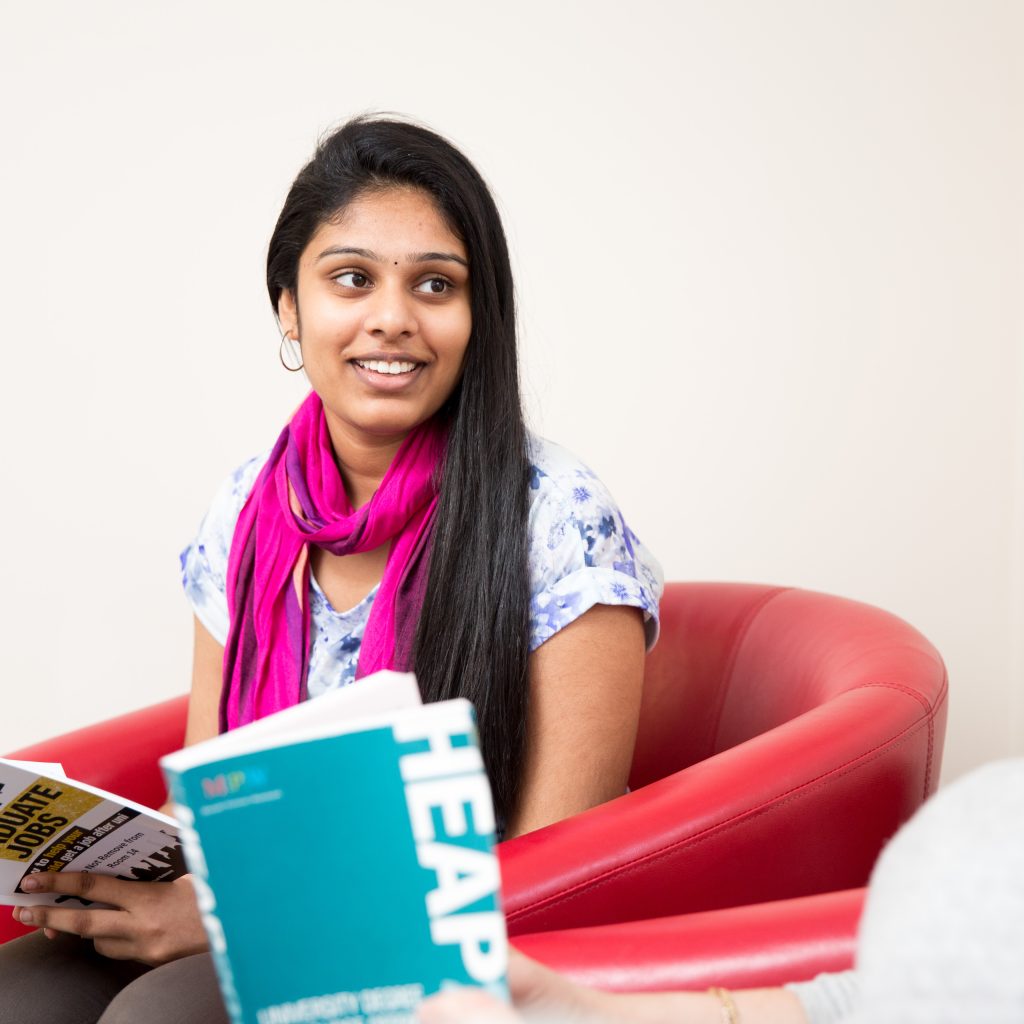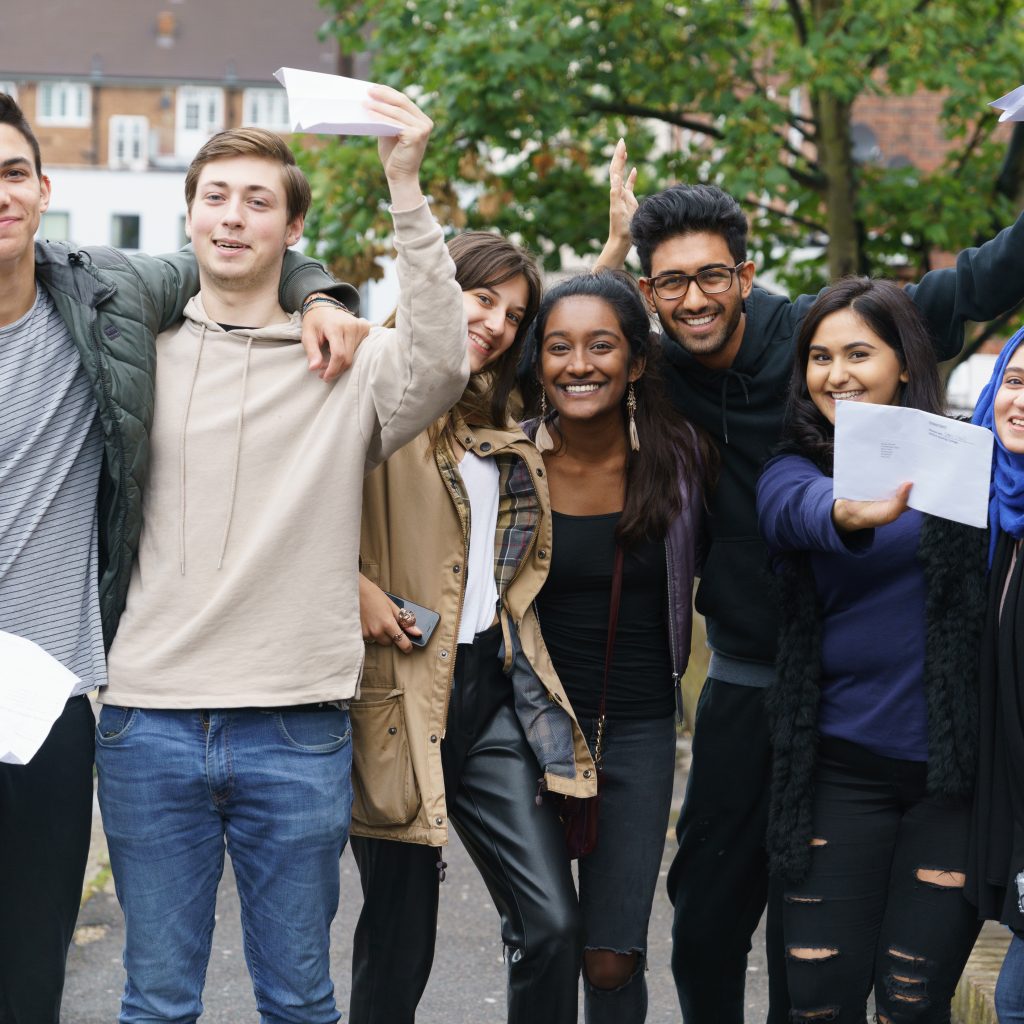The only interesting answers are those which destroy the questions.
Susan Sontag
An introduction to studio practice at the beginning of the course allows students to experiment with different lighting sources. There is even a chance to work with moving image to produce oneʼs own film narrative. Students are also introduced to the production of handmade photographic books, which can be used as part of their portfolio when applying to university courses. Brampton’s Photography A level course is now a well-established part of the Arts curriculum. Students explore both analogue and digital systems, learning different darkroom techniques and using the latest image editing software.
Photographic theory is an essential aspect of the course, which is constantly being questioned through contemporary conceptual debates, group critical sessions and lectures given by invited photographers.
This qualification allows students to enter a wide range of Art and Design Foundation and Degree courses and prepare them to work in the photographic industry. Recent students have also gone on to the most prestigious Photography degree courses in the world at Parson’s New School of design in New York. The A level qualification awarded also allows students to apply for a place at university for any course they choose from Medicine to Politics to Law to engineering. In other words, A level Photography is now recognised as an academic course as well as an artistic qualification.
The Examinations
AS Level
There are two examined units of work. Unit 1 is a coursework portfolio, where students complete a series of mini-briefs. From February onwards, skills are developed and built upon as students study different genres of photography.
A2 Level
The A level is completed by Units 1 and 2, which each count for 50% of the A level. Unit 1 is a coursework portfolio based on a personal investigation of a concept, taking into consideration an aspect of contemporary or past photographic practice, and leading to finished pieces of work. Unit 2 is an externally set assignment on a theme set by the exam board, culminating in a 15 hour practical exam, in which students bring to full realisation their preparatory work.
Course Content
Photography at Brampton College offers a broad course in which candidates are introduced to a wide variety of techniques, such as analogue and digital photography, alternative printing processes, darkroom printing and studio practice. Throughout the two years, students will explore still life, portraiture, documentary, landscape and abstract photography. During the AS year, students are introduced to an integrated practical, critical and theoretical study using both analogue and digital photographic techniques.
This consists of both group workshops and individual demonstrations and tutorials. This is supported by the use of sketchbooks, firsthand experience of relevant works of photography through museum and gallery visits and other appropriate support and research material. During the first half of the year, students respond to a variety of short practical briefs, which will allow them to gain the confidence needed in order to succeed in their final AS exam.
The second year of the course (A2) specification is designed to build on the AS, allowing for greater maturity and depth of study. A2 students continue with their practical work and are required to work more independently as their coursework unit is self-directed. They also have the opportunity to demonstrate their analytical and research skills through an in-depth written research module integrated within their coursework unit.
Facilities and Resources:
- Black and white processing and printing darkroom.
- Digital editing and printing suite.
- Wide digital and analogue photographic equipment.
- Art and photography library.
- Museum and gallery visits.
- Well equiped Photographic Studio
Why Choose Photography?
Higher Education Opportunities:
The skills gained through A level Photography are wide reaching and include amongst others analysis, reflection, time management and self-expression. These skills are applicable to any university course. Students wishing to pursue photography or art related courses beyond their A level are encouraged to apply for an Art Foundation Course which provides the stepping stone to apply for degree courses at art school. Graphic Design and Contemporary Media Practice are also popular course choices for photography students. For these applications, students will be required to present a portfolio of both A Level work and their own independent work beyond the course, the preparation of which takes place in college.
A level Results
2017-21 |
A*/A |
A*-B |
| 56% | 100% |



